Market Growth Projections
The Global Cell Signaling Market Industry is projected to experience substantial growth over the next decade. With a market value of 5.2 USD Billion in 2024, it is expected to reach 9.59 USD Billion by 2035, reflecting a robust CAGR of 5.72% from 2025 to 2035. This growth trajectory is indicative of the increasing importance of cell signaling research in understanding various biological processes and developing novel therapeutic strategies. The market's expansion is likely to be driven by advancements in technology, rising healthcare expenditures, and the growing prevalence of chronic diseases.
Advancements in Biotechnology
Technological advancements in biotechnology are significantly influencing the Global Cell Signaling Market Industry. Innovations such as CRISPR gene editing and monoclonal antibody development have enhanced the understanding of cell signaling pathways. These advancements enable researchers to develop more effective therapies and diagnostic tools. For example, the application of monoclonal antibodies in cancer treatment has revolutionized patient care, leading to improved outcomes. The market is expected to grow at a CAGR of 5.72% from 2025 to 2035, driven by the continuous evolution of biotechnological tools and their applications in cell signaling research.
Rising Prevalence of Chronic Diseases
The increasing incidence of chronic diseases such as cancer, diabetes, and cardiovascular disorders is a primary driver of the Global Cell Signaling Market Industry. As these diseases often involve complex signaling pathways, the demand for targeted therapies and innovative treatments is on the rise. For instance, the World Health Organization reports that chronic diseases account for approximately 71% of all deaths globally. This trend necessitates advanced research into cell signaling mechanisms, which is projected to contribute to the market's growth, with estimates suggesting it will reach 5.2 USD Billion in 2024 and expand to 9.59 USD Billion by 2035.
Growing Demand for Personalized Medicine
The shift towards personalized medicine is reshaping the Global Cell Signaling Market Industry. Patients increasingly expect treatments tailored to their unique genetic profiles, which necessitates a deeper understanding of cell signaling mechanisms. This trend is supported by the rise of genomic sequencing technologies, which allow for the identification of specific biomarkers associated with diseases. Consequently, pharmaceutical companies are focusing on developing targeted therapies that leverage these insights. The market's growth is anticipated to be robust, with projections indicating a rise to 5.2 USD Billion in 2024, driven by the demand for more precise and effective treatment options.
Increased Investment in Drug Development
The surge in investment for drug development is a crucial factor propelling the Global Cell Signaling Market Industry. Pharmaceutical companies are allocating substantial resources to discover and develop new drugs targeting specific signaling pathways. This trend is evidenced by the billions of dollars invested in research and development annually. For instance, in 2023, global pharmaceutical R&D spending reached approximately 200 billion USD, reflecting a commitment to innovation. As a result, the market is likely to benefit from the introduction of novel therapeutics, further driving its growth trajectory toward an estimated 9.59 USD Billion by 2035.
Regulatory Support for Research Initiatives
Regulatory bodies are increasingly supporting research initiatives in the Global Cell Signaling Market Industry, which is fostering innovation and development. Governments worldwide are implementing policies that encourage research funding and collaboration between public and private sectors. For example, initiatives aimed at accelerating drug approval processes for novel therapies are gaining traction. This supportive regulatory environment is likely to enhance research activities related to cell signaling, thereby contributing to market growth. As the industry evolves, the anticipated increase in funding and collaborative efforts may further bolster the market's expansion.


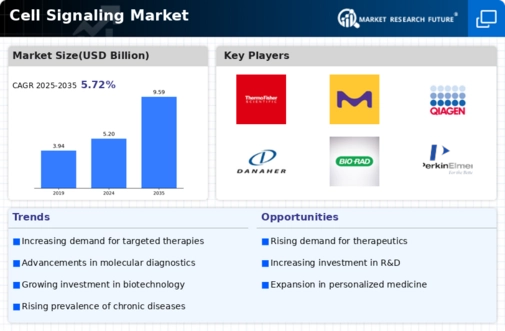
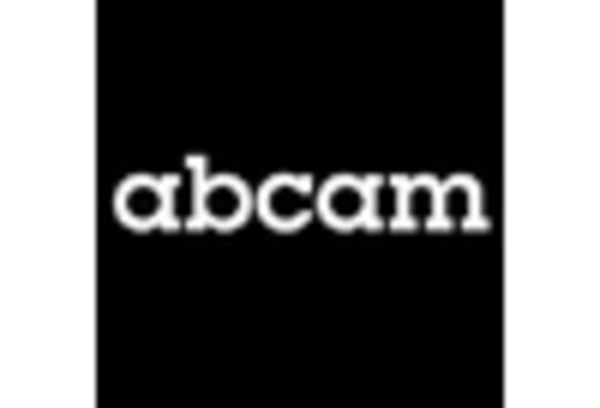
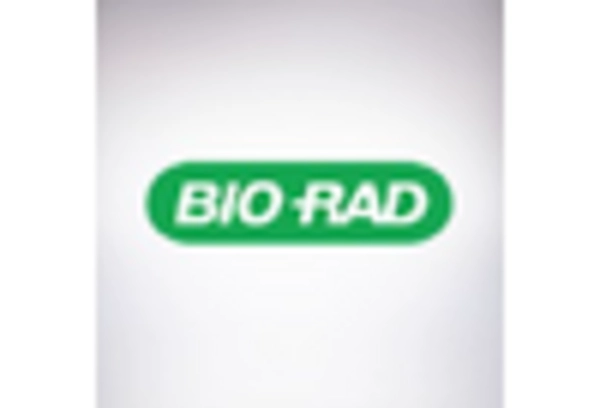
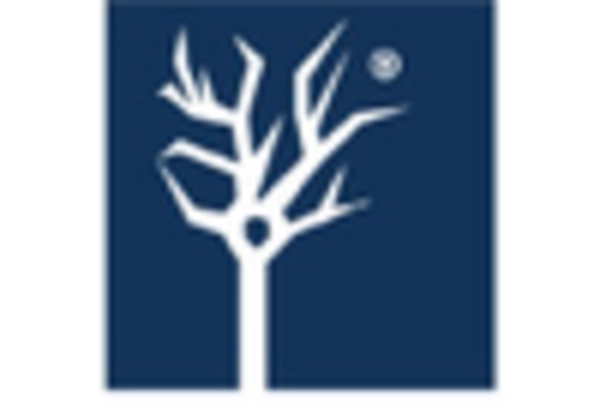

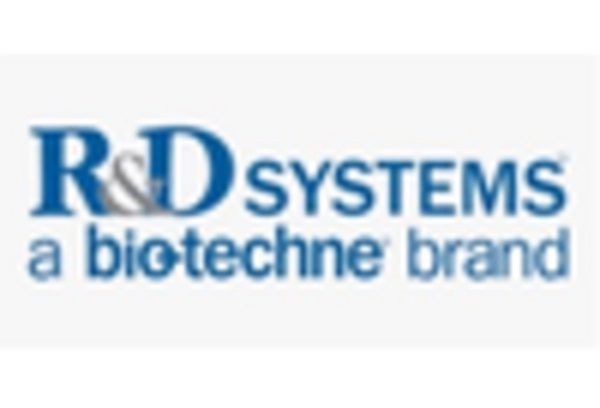









Leave a Comment